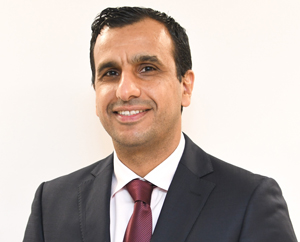Program Information
A Comparison of HDR Near Source Dosimetry Using a Treatment Planning System, Monte Carlo Simulation, and Radiochromic Film
A Amoush1*, M Luckstead2, M Lamba3, H Elson4, (1) Cleveland Clinic Foundation, Cleveland, OH, (2) University of Cincinnati, Cincinnati, OH, (3) University of Cincinnati, Cincinnati, OH, (4) University of Cincinnati, Cincinnati, OH
SU-E-T-3 Sunday 3:00PM - 6:00PM Room: Exhibit HallPurpose:
This study aimed to investigate the high dose rate (HDR) 192Ir brachytherapy, including near source dosimetry, of a catheter-based applicator from 0.5 mm to 1 cm along the transverse axis.
Methods:
Radiochromic film and Monte Carlo (MC) simulation were used to generate absolute dose for the catheter-based applicator. Results from radiochromic film and MC simulation were compared directly to the treatment planning system (TPS) based on the AAPM Updated Task Group 43 (TG-43U1) dose calculation formalism.
Results:
Difference between dose measured using radiochromic film along the transverse plane at 0.5 mm from the surface and the predicted dose by the TPS was 24%±13%. Dose difference between the MC simulation along the transverse plane at 0.5 mm from the surface and the predicted dose by the TPS was 22.1%±3%. For distances from 1.5 mm to 1 cm from the surface, radiochromic film and MC simulation agreed with TPS within an uncertainty of 3%.
Conclusions:
The TPS under-predicts the dose at the surface of the applicator, i.e., 0.5 mm from the catheter surface, as compared to the measured and MC simulation predicted dose. MC simulation results demonstrated that 15% of this error is due to neglecting the beta particles and discrete electrons emanating from the sources and not considered by the TPS and 7% of the difference was due to the photon alone, potentially due to the differences in MC dose modeling, photon spectrum, scoring techniques, and effect of the presence of the catheter and the air gap. Beyond 1mm from the surface, the TPS dose algorithm agrees with the experimental and MC data within 3%.
Contact Email:


